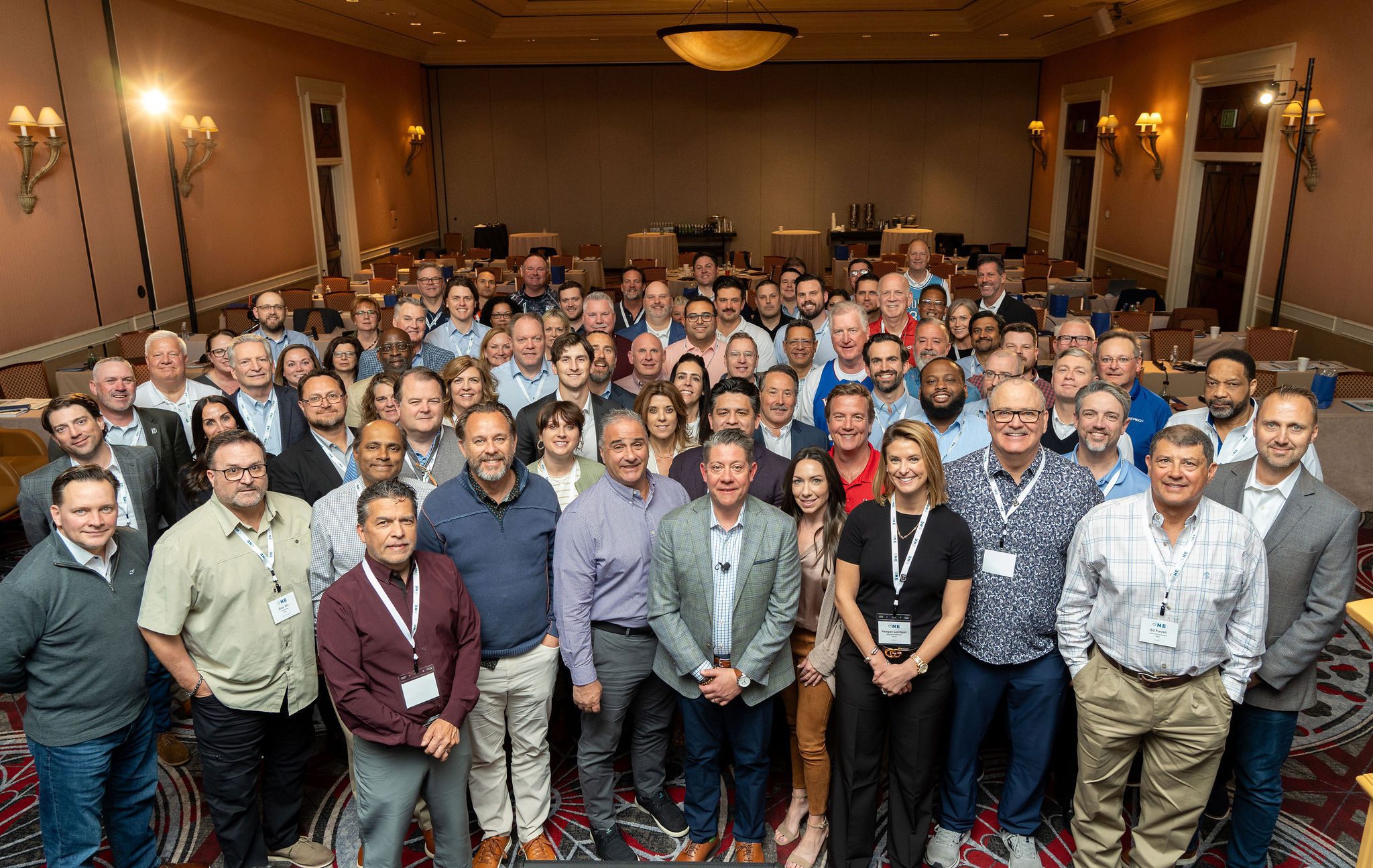Embracing Decarbonization
Climate change is real. Experts across the world, including in the United States, agree that we must act now to preserve the world in which we live. Greenhouse gases, especially carbon dioxide emissions, threaten our environments and result in devastating natural disasters such as heatwaves, droughts, wildfires, and floods.
The United States is taking decisive action and has established a goal to achieve net-zero greenhouse gas emissions by the year 2050.1
Those staying up-to-date with current events may recognize the buzz-words: decarbonization, net-zero, zero-emission, greenhouse gas reduction, carbon-neutral, or carbon reduction. These terms have similar meanings and are often used interchangeably, but what do they mean?
The term, decarbonization, is defined as the reduction of carbon dioxide emissions through low-carbon power sources, achieving a lower output of greenhouse gases into the atmosphere. The long-term goal of decarbonization is to create a CO₂-free global economy.
Benefits of Decarbonization
Aside from halting and possibly reversing the effects of climate change, decarbonization provides a variety of benefits including, but not limited to:
-
- Reduced Energy and Operational Expenses – By embracing renewable energy sources such as solar or wind and/or clean, efficient technologies such as electric vehicles, heat pumps, etc. organizations can achieve reductions in both energy and operational expenses. Funds that are regularly budgeted to cover the excessive energy and operational expenses related to inefficient, fossil-fuel-powered systems can be reallocated to advance other organizational goals.
- Enhanced Public Health – Carbon pollution in the atmosphere has detrimental effects on our health. Greenhouse gas reductions improve the quality of the air we breathe resulting in reduced illness and death on a global scale. In fact, transitioning to clean energy and reducing air pollution is expected to result in the avoidance of 85,000–300,000 premature deaths through 2030.1
- Demonstrated Environmental Stewardship – Individuals in every community want to know that organizational leaders are doing their part to protect and enhance the environments where they work, play, and live. Organizations that embrace environmentally-friendly practices and invest in decarbonization strategies are often celebrated for their efforts. This results in increased community support. A study has shown that 87% of people have a more positive image of organizations that support social or environmental issues.2
Steps to Enact Decarbonization Strategies
Step 1: Gain commitment from leadership.
The first and most critical step to start the process toward net-zero carbon emissions is gaining commitment from leadership. Without buy-in from key leaders and decision-makers within the organization, decarbonization initiatives are sure to fall short. Leaders must see the value and be willing to invest in decarbonization strategies in order to see the return on investment.
Step 2: Develop a greenhouse gas baseline.
In order for an organization to effectively reduce greenhouse gas emissions, they must assess their current performance. By looking at utility use over a period of time and converting metrics using greenhouse gas equivalents, organizations can gauge their current emission rates.
Step 3: Create & announce reduction targets.
Set goals related to reducing greenhouse gas emissions and share those goals publicly. Goals should follow SMART methodology and be specific, measurable, achievable, realistic, and timely. They should be unique to each organization and take into consideration any potential constraints.
Step 4: Develop a multi-year master plan with actionable steps to meet the goals.
Decarbonization does not occur overnight. Rather, it requires intentional planning and implementation of key steps to come to fruition. Organizations should take a comprehensive approach to ensure their multi-year master plan will advance decarbonization as well as facility improvement goals. This can include strategies that reduce emissions on both the demand side (ex. reducing excess energy consumption within the facilities) and the supply side (ex. transitioning to renewable energy sources).
Step 5: Measure & adjust at regular intervals.
During and after implementation, continue to monitor performance. Make adjustments to the plan, as needed, to ensure your organization remains on target to achieve desired outcomes. The master plan should be revisited every 3-5 years, at the very least.
Your organization may choose to engage with a firm, such as Veregy, to help you through the process. Veregy takes a holistic approach to decarbonization and provides services for all phases including facility assessments, baseline development, master planning, project implementation, and ongoing measurement/verification of greenhouse gas reduction.
Measuring Greenhouse Gas Emissions
Accounting standards for measuring greenhouse gas emissions have been developed by Greenhouse Gas Protocol and include three primary “scopes” or components. Scope 1 includes direct emissions from the operations that are owned by the organization such as burning gas for or emissions from organization-owned vehicles. Scope 2 includes indirect emissions from the purchased electricity consumed by the organization. Scope 3 includes all other indirect emissions by the company such as emissions from purchased materials, transportation of fuels, etc. When added together, these scopes provide a comprehensive measure of an organization’s emissions.3
At Veregy, we focus on Scope 1 and Scope 2 which are the primary sources and through which reporting is mandatory for many organizations. The primary unit of measurement is metric tons of CO2 emissions per year. We review utility bills (gas/electric) to calculate and track greenhouse gas emissions. We also use a program called EnergyTracer to automatically aggregate and analyze utility bills. This empowers clients to track and report greenhouse gas emissions on a regular basis.
Challenges to Decarbonization
While the benefits greatly outweigh the drawbacks, there are a few challenges to decarbonization including:
-
- Lack of urgency – Many organizations do not feel they have to take immediate action to reduce emissions which is why commitment from leadership is critical. The United States’ goal to achieve net-zero emissions by 2050 emphasizes the importance of this effort.
- Lack of knowledge – It can be difficult to locate and access relevant information and data about decarbonization. Information regarding specific measures, financial implications, operational considerations, and steps to take when considering decarbonization initiatives are not always readily available. This is when it is helpful to engage a partner organization to help navigate the process.
- Lack of financial resources/capital – Decarbonization requires an initial investment of capital. Solutions such as solar, wind, vehicle electrification, etc. come with up-front costs. However, many of these emission reduction measures are profitable after a set number of years. Once the initial investment is paid off, organizations realize positive cashflows from the reduced energy and operational expenses. Unique funding mechanisms, financial incentives, and grants are also available to help organizations implement high payback measures.
Decarbonization requires a sense of urgency, basic understanding, and long-term planning, but the payback is well worth the challenges. It is clear that investing in reducing greenhouse gas emissions presents organizations with a competitive advantage and substantial return on investment. It is vital for organizations to take an active part in advancing the net-zero emissions goals established at local, state, federal, and even global levels.
References






